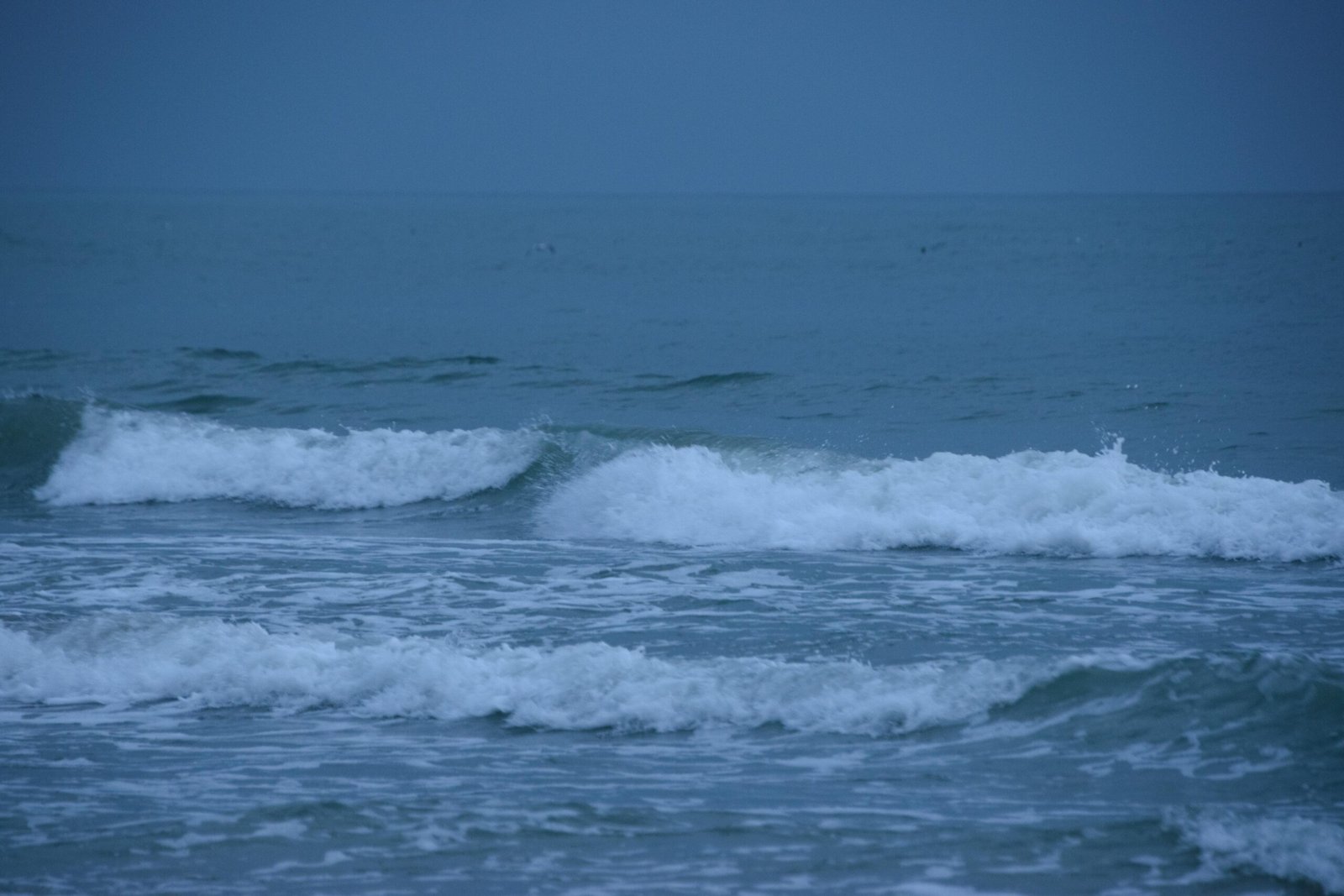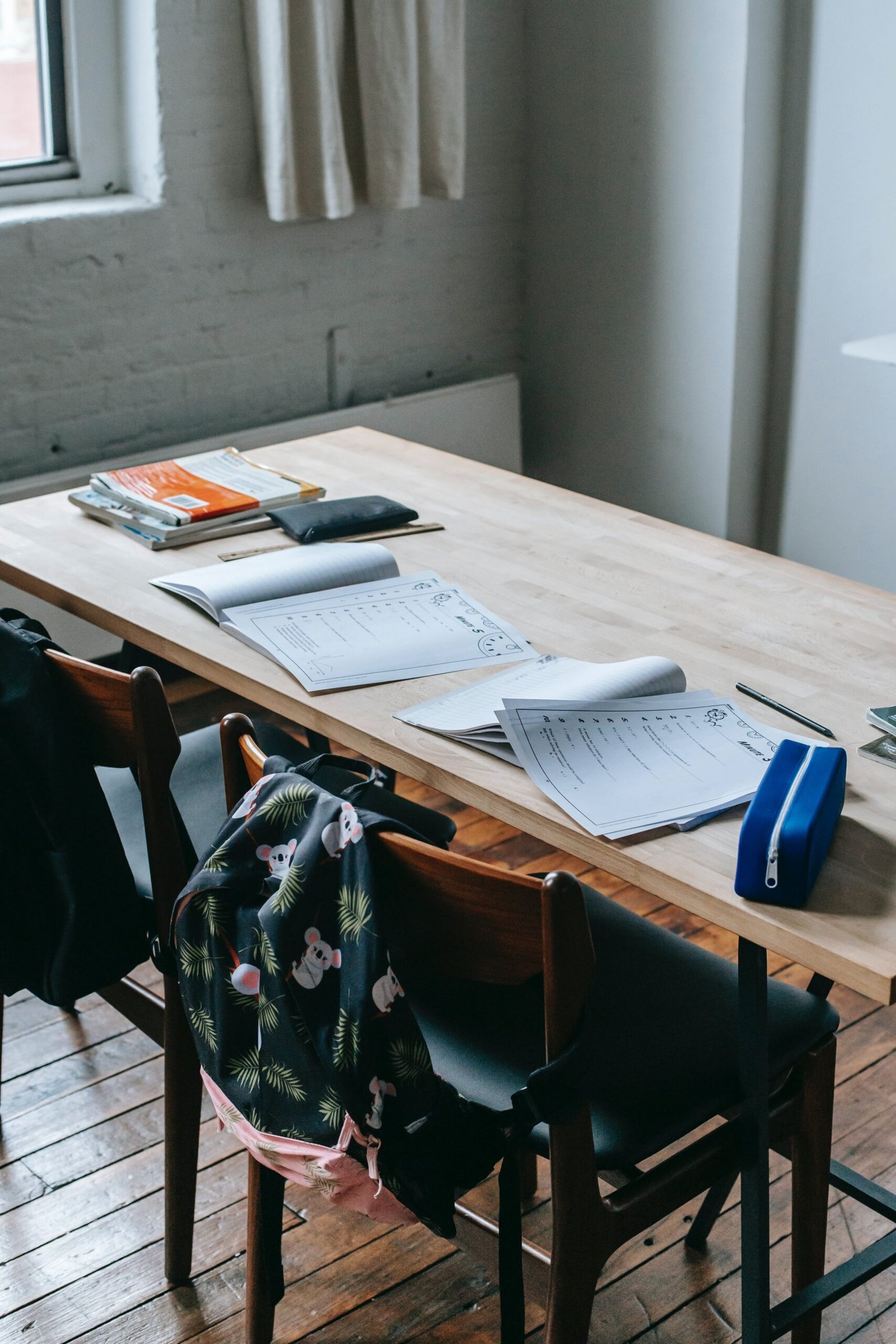Living in Berlin: what do you need to know about this city?
BlogLanguagesGermanEverything You Need to Know about the City of Berlin: Living in Berlin: what do you need to know about this city?
Index
The most beautiful monuments in Berlin
The history of the Berlin Wall
Organizing your stay in Berlin: how much can it cost you?
Accommodation in the German capital
“Smells like London beer in Berlin, smells like beer, shake my hand.” Jacques brel
Berlin is the sixth most visited city in Europe .
Get lost inside the different parts of Berlin, stroll through the many museums of the city, drink something out of the ordinary … Visiting Berlin is entering another dimension, where the complicated past and the artistic future are easily mixed.
If you want to discover Berlin, in this article you will find a list of things you can do in Berlin , the history of the wall and some information on where to sleep according to your budget. And all that, without even having to learn German.
The most beautiful monuments in Berlin: Living in Berlin: what do you need to know about this city?
Jewish Museum, Berlin Zoo, German Parliament … Feel free to wander among historic buildings during your visit to Berlin.
Between unique and unusual places, your stay in Berlin will constantly oscillate between the history of Berlin and the purely artistic discoveries of the city.
History buffs will have something to feed their knowledge through the many historical monuments, which have stood despite the war or have been rebuilt since.
The Brandenburg Gate , symbol of Germany, present today on German euro coins.
The Reichstag that houses the Bundestag and its impressive dome stands 75 meters high.
The East Side Gallery , both a symbol of history and an artistic place. This is the longest part of the wall that was left standing after the fall of the Berlin Wall.
The Monument to the Murdered Jews of Europe , located near the Brandenburg Gate and built near Hitler’s bunker, which was buried to prevent it from becoming a pilgrimage site for his supporters.
The Berlin Cathedral on Museum Island.
The Gendarmenmarkt and its two facing cathedrals.
The Charlottenburg Castle and its gardens with false Versailles airs.
The Olympic stadium where the 1936 Olympics were held.
The Church of St. Nicholas in the medieval quarter, the oldest in Berlin.
The Fersehturm and its panoramic restaurant to contemplate the view of all of Berlin.
Checkpoint Charlie , former gateway when Berlin split into French, American, Soviet and English neighborhoods during the Cold War.
The Stasi prison that you can visit with an old prison guide (if you speak German).
In Berlin, there is no shortage of tourist attractions . In addition, you can also stay resting and breathing the fresh air in the different parks of the city, such as Friedrichshain, Tiergarten or Tempelhofer (an old airport converted today into a park and skate park).
If you are more attracted to the underground side of Berlin, you can go for a walk around Holzmarkt Pampa , KulturBrauerei or Haus Schwarzenberg , remodeled urban areas where you can drink beer and have a drink or eat curry wurst . If you’ve been to Budapest, it will remind you of the ruin bars .
Finally, at night, if you like electronic music, you will surely be tempted to go to the famous Berghain, Kit Kat Club or Watergate (or all three if you come specifically to experience the city of Berlin at night).
If you live in the Catalan capital, don’t miss our German course barcelona .
The history of the Berlin Wall: Living in Berlin: what do you need to know about this city?
Go to Berlin and not go near the wall? Don’t think about it, it’s part of the story.
The capital of Germany, before being the new favorite place for lovers of electronic music, was a Mecca of Nazism and a point of friction during the Cold War between the two sides.
Although at the end of the Second World War, in May 1945, the Nazi regime ended, peace was not immediately proclaimed. Two superpowers were born at the end of this conflict: the USSR and the United States . And they were not prepared to be friends at all.
The city of Berlin became the scene of the clash between the two blocks and was divided into four sectors: French, English, American and Soviet. The first three countries occupied the west of Berlin and the USSR occupied the east, dividing the city into two separate camps.
An iron curtain (an expression first used by Winston Churchill) fell over the city, sparking the creation of two Germanies: the Federal Republic of Germany (FRG) in the west and the Democratic Republic of Germany (GDR) in the this in 1949.
At that time, the border between the two sides was permeable, the wall had not yet been built. Around 3 million Berliners fled from the GDR to the FRG.
Thus, in 1961, the USSR decided to build the Berlin Wall to separate the two territories. This wall remained in place for 28 years, separating families since it was built, sometimes in the middle of a house. For 130 km, barricades, watchtowers and hamlets prevented any unauthorized passage between West Berlin and East Berlin .
However, it was said that around 5,000 people managed to reach the FRG by digging tunnels, hiding in suitcases and other means. Unfortunately, about 80 people died in the attempt.
The demolition of the wall began in 1989 and Germany was reunited a year later. However, even today, it remains the symbol of a loss of freedom and autonomy.
Do you want to learn German before starting your trip? Start an online German course with one of our teachers!
Organizing your stay in Berlin: how much can it cost you?
Calculate your budget well to travel to Berlin with all the tranquility of the world.
To visit Berlin, you will have to include the price of transport . In general, airline tickets range between € 60 and € 120 depending on the city you depart from.
When I went to Berlin in September 2018, round-trip tickets to Berlin from Malaga cost me € 120, even though I bought them just a month in advance.
Feel free to use an airline comparator to find the cheapest flight. Easyjet serves Berlin Airport from several Spanish cities.
You can also opt for the bus option , as long as you are close to the German border, although even in these cases, you will not necessarily pay less and you will lose a lot of time (11 hours of bus from Strasbourg at around € 100 round trip per person ). For a weekend, it’s definitely not worth it.
The standard of living in Germany and Berlin is roughly similar to that of Spain: you will gain in some points (such as food) and lose in others (such as public transport). So plan a big budget to cover your expenses.
Of course, the cost of the weekend in Berlin can be higher or lower depending on the way you travel.
For example, if you decide to go to Berlin from Madrid and stay at the hotel, 3 days will cost you almost € 900 for two.
For my part, I went with my friend for 4 full days and we spent less than € 700, staying on Airbnb and making meals in the apartment.
Speaking of capitals, why don’t you take a look at our German Madrid classes ?
Accommodation in the German capital
To get the most out of the activities in Berlin, don’t hesitate to choose an accommodation in the heart of the old town.
As a capital, Berlin has a good offer of more or less expensive accommodation so that you can fully enjoy your trip to Berlin.
You will have to choose between different neighborhoods in the city , each with its different services. In fact, public transport is quite expensive in Berlin and beware of sneaking in, there are many drivers and most of the time, they are in plain clothes.
Mitte , central and tourist district of Berlin. Ideal if you want to visit the attractions of the capital on foot.
Kreuzberg , a nonconformist neighborhood in Berlin. It is not far from the center, although you will surely have to use the metro for some stations.
Friedrichshain , the party district. Ideal if you have gone to Berlin to live the night.
Neukölnn , the new fashion district, is not far from Kreuzberg, although it is a bit far from the main tourist activities.
Then, depending on your budget, you will have the option of reserving a room in a hotel, hostel, homestay or private apartment on Airbnb.
A hotel in Berlin costs between € 40 and € 150 per night on average, depending on the formula you choose and the neighborhood. For example, near Tempelhof, you can occupy a wooden cabin for € 40 per night or you may prefer to be in Mitte, near Alexanderplatz, in an art hotel for € 70 per night.
At the hostel, calculate about ten euros for a bed in a dormitory with a shared bathroom. There is, for example, the Three Little Pigs hostel in the Kreuzberg district at € 15 per bed per night.
The couchsurfing is also quite present in Berlin and will allow you to stay directly with Berlin for free. Of course, you may not have a room of your own and it will depend on the actions of your host, but it is especially a great way to meet the locals and share more authentic moments to live like a Berliner.
On Airbnb, you can also stay with a family or book an entire accommodation. Rates vary greatly depending on the season, the location of the apartment and its position. Remember to book in advance to get the best rates.
So, ready to get into the urban exploration of every corner and nook of the city combining the unusual Berlin and the unrivaled Berlin? “Smells like London beer in Berlin, smells like beer, shake my hand.” Jacques brel





